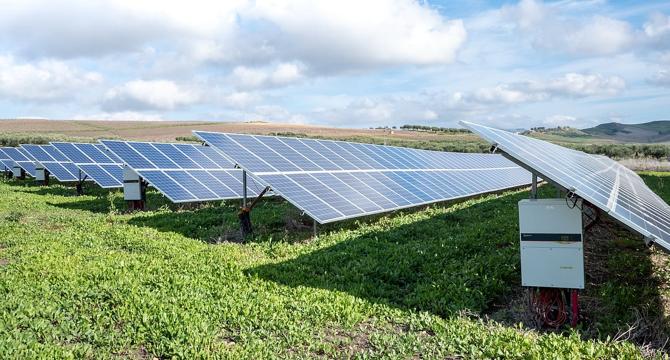Bloomberg Quint
1d
233

Image Credit: Bloomberg Quint
Sustainability In Focus: Why India Needs To Diversify Clean Energy Sources Beyond Solar Energy
- India's focus on solar energy to reduce dependence on fossil fuels has been remarkable, but a diversified clean energy mix is crucial for a sustainable transition.
- Solar power has played a significant role in India's renewable energy sector, with the country surpassing Japan as the third-largest solar power generator globally by 2024.
- While solar energy has grown substantially in India, it alone may not suffice to meet the nation's increasing energy demands in the long term.
- Challenges like solar power intermittency and environmental impact of panel waste necessitate the integration of multiple renewable sources like wind, hydro, and nuclear power.
- Nuclear power emerges as a viable solution due to its continuous energy production capability, contrasting the intermittent nature of solar energy.
- India's nuclear power capacity has risen significantly, with future plans to enhance energy security through nuclear power alongside solar, wind, and hydro power.
- The government's budget allocations for nuclear power, specifically on small modular reactors, highlight the emphasis on a diverse and balanced energy mix.
- As India aims for 500 GW from non-fossil sources by 2030, a mix of solar, wind, hydro, and nuclear power will be essential for reliable energy supply and market stability.
Read Full Article
14 Likes
For uninterrupted reading, download the app